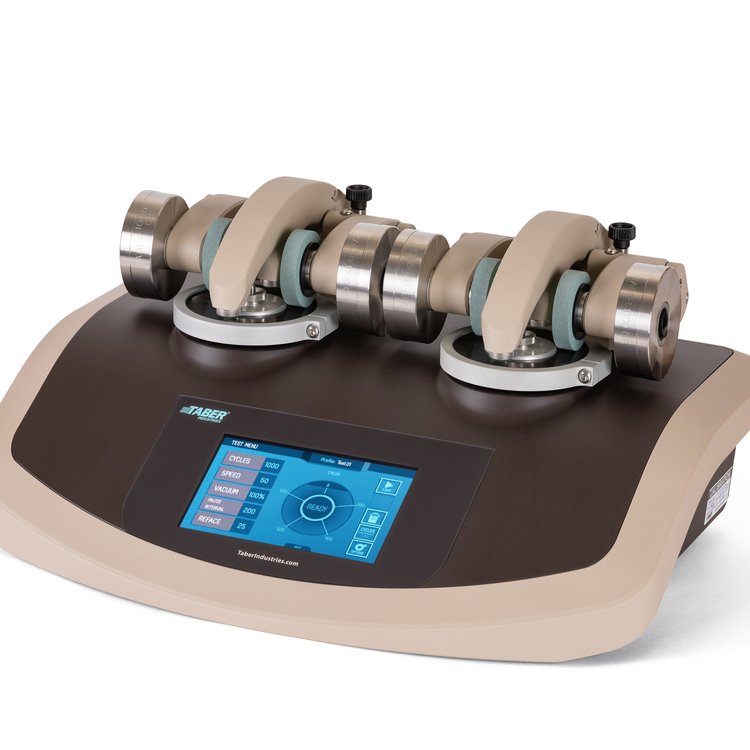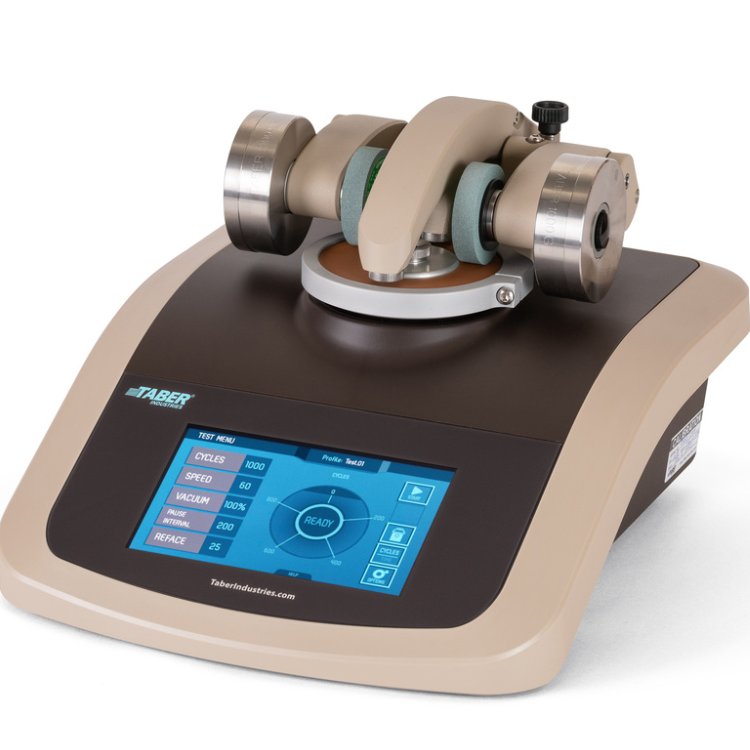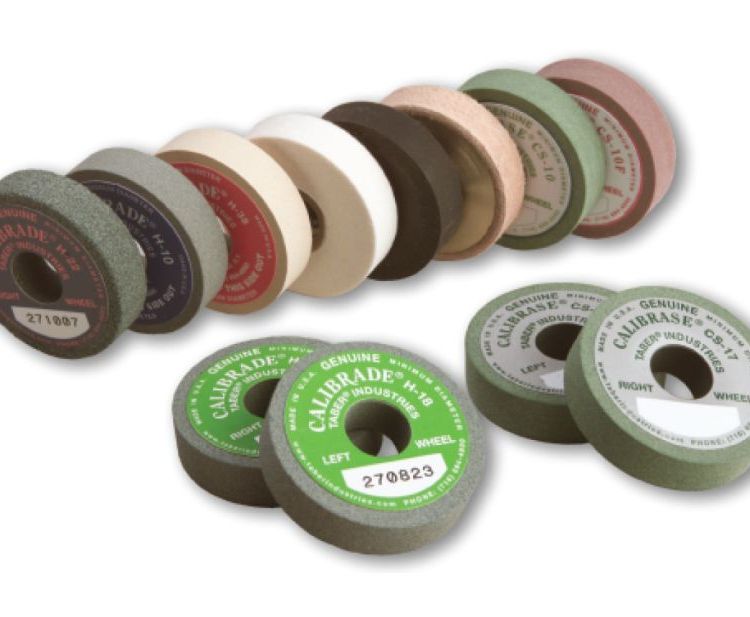Taber 1750 Rotary Abrasion Tester Operation

Taber 1750 Rotary Abrasion Tester is widely used for abrasion testing of plastics, coatings, laminates, leather, paper, ceramics, carpets, glass, and other materials. This precision instrument is widely used for accelerated wear testing and can provide reliable material wear test data within a few minutes.
Compliance with standards:
ASTM D3884, ASTM D1175, ASTM D1044, ASTM D4060, TAPPI T476, ISO 9352, ISO 5470-1, JIS K7204, JIS A1453, JIS K6902, JIS L1096, JIS K6964, DIN 52347, DIN 53109, DIN 53754, DIN 53799, etc.

Operation:
First: prepare the accessories and test samples;
Mount the prepared samples on the test platform and fix them;
Mount the friction wheel on the fixture;
Load the balance weights on both sides;
Adjust the vacuum pump wall suction height to clear the debris on the sample;
Load the sample in the same way at another station of the instrument;
Turn on the instrument switch;
Set the number of bearing transmissions on the timer;
Start, the friction wheel rubs the sample in a cycle at a certain speed;
When the set value is reached, it stops automatically;
Remove the friction wheel and weights, loosen the fixture, and remove the sample;
After the test, turn off the instrument;
After the instrument test, remove the sample for analysis and comparison to evaluate the material's friction resistance.
Taber 1700 Rotary Abrasion Tester:


Shanghai Qianshi Precision Electromechanical Technology Co., Ltd. was established in 2012. It focuses on the research, development, design, and production of textile testing instruments, and provides textile testing instruments and services for academic research units and testing institutions. Shanghai Qianshi is one of the most competitive and R&D-capable textile testing instrument manufacturers in China. The R&D team is composed of a group of experienced engineers. We are committed to serving customers wholeheartedly and working hard to promote technological innovation in textile testing instruments.
2024-12-30 13:42



